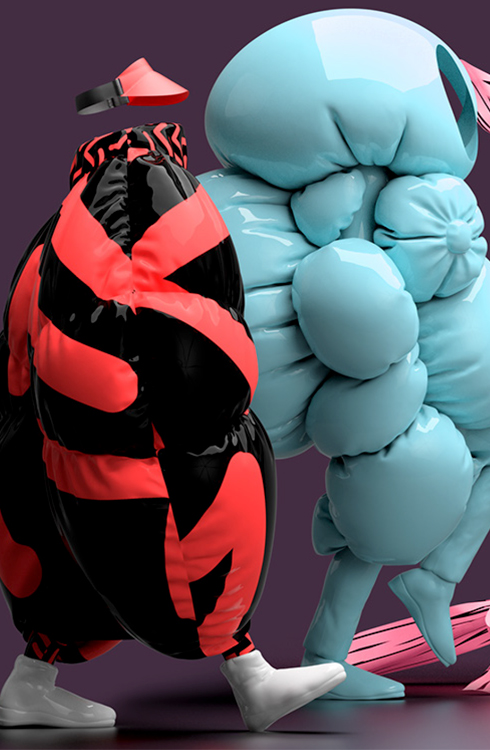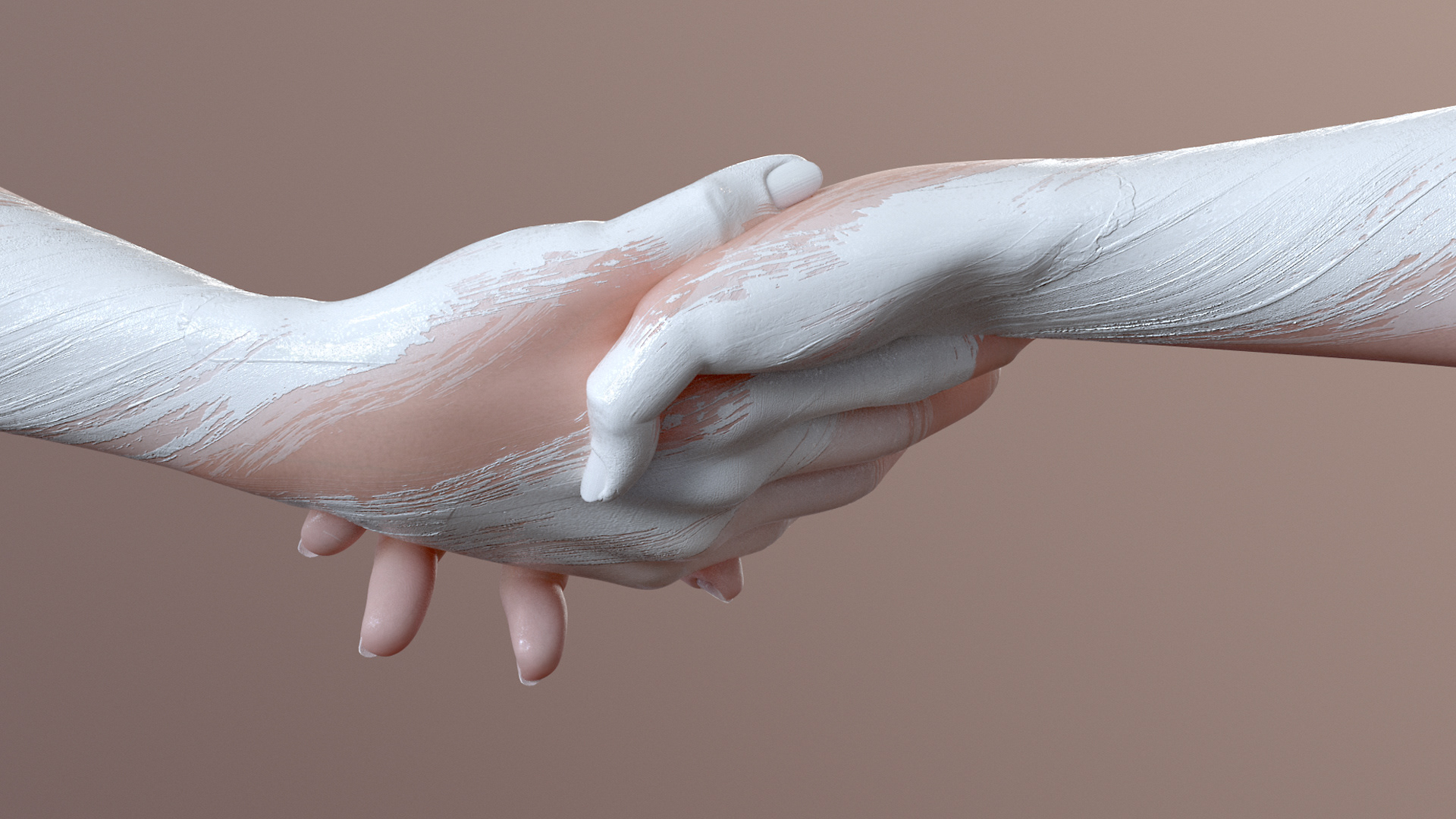

When it comes to sustainable designs, a lot of people often think there has to be some kind of a trade-off and this is what oftentimes causes the hesitation clients face when committing to incorporating sustainability as a pillar within their brands and concepts. This misconception couldn’t be further than the truth.
Sustainable design, when done right, is proven to result in better quality, more efficient and productive concepts which are the cornerstones of long-term business growth and profitability.
Aces of Space’s unique methodology to sustainability strategy development elevates our agency’s hallmark take on innovative storytelling. To us sustainability is never an afterthought, it is instead a value that we work to carefully weave into the narrative of your brand’s DNA and story to deliver a highly authentic and effective take on sustainability that takes into account short and long-term business objectives. Our tailored approach puts together the very best team of internal and external specialists to tackle each project’s unique requirements and complexities. The result? A high value, socially conscious, future-proof brand with values as strong as its offering.
1. Calculate and offset agency emissions
3. Channel Aces' innovation into educating and inspiring clients
2. Implement a conscious mindset across the team
4. Establish Aces as a leader in sustainable brand strategy and design
1.Design for energy efficiency.
Energy consumption is one of the biggest contributors to climate change. Strategic use of materials, windows, lights, reflective surfaces and green gadgets can not only help to reduce greenhouse gas emissions, but will also make the space more economical and efficient.
2.Design for low environmental impact.
Working with materials and products with the lowest environmental impact is key. Organic materials may seem the obvious choice but special attention must be paid to their impact throughout their life cycle – including extraction, production, transportation, processing and discarding.
3.Design for waste reduction.
Our planet’s resources are limited and precious so finding new ways to recycle, upcycle and repurpose is key. Using “old- fashioned” objects in fun, creative ways always adds character and interest to any design and opting for renewed synthetic materials made from recycled waste offers a method for minimizing wastage.
4.Design for longevity and flexibility.
Designers need to consider the lifespan of the materials they use to deliver durable, timeless spaces which withstand passing fads and trends. Designers need to anticipate the evolution of people’s needs and tastes. Building in adaptability and flexibility into the spatial elements will result in lower wastage and renovation costs once its time for a change.
5.Design for healthy environments.
Most people spend the majority of their time indoors, be it in schools, universities, offices, gyms or homes. Designing spaces that focus on the wellbeing of the occupants by paying attention to the air quality (through ventilation and plants), natural light and acoustics is of utmost importance.
For better web experience, please use the website in portrait mode




